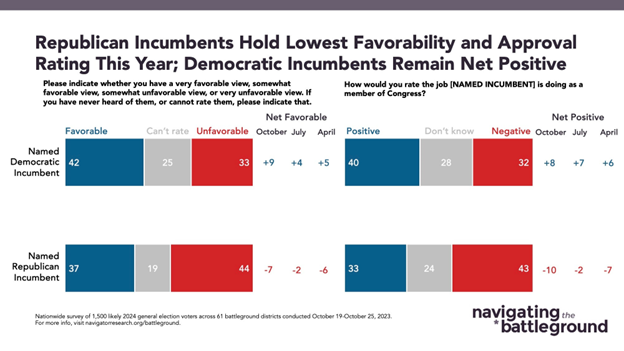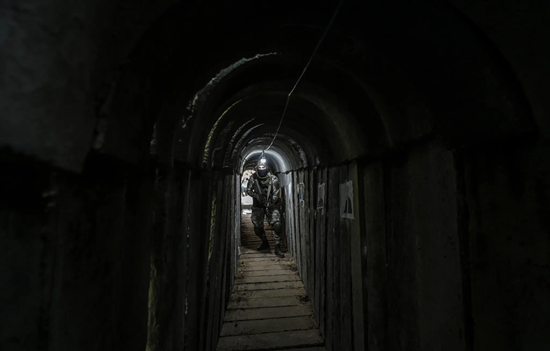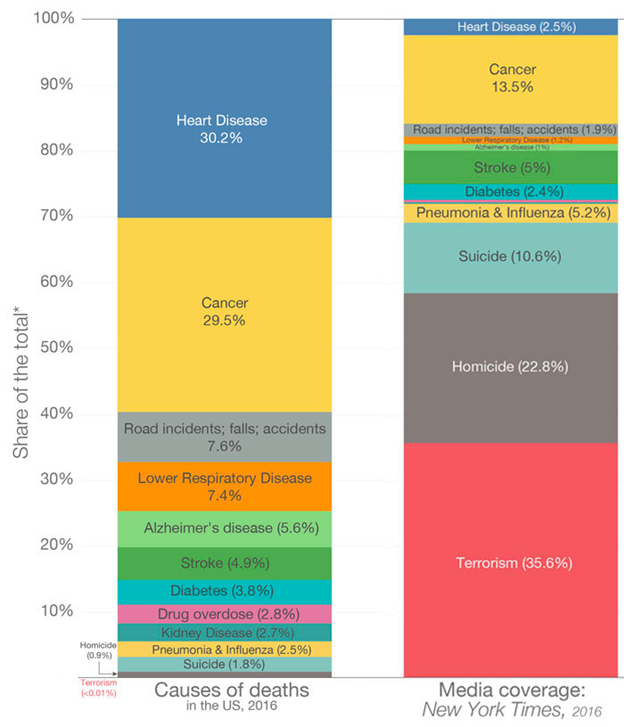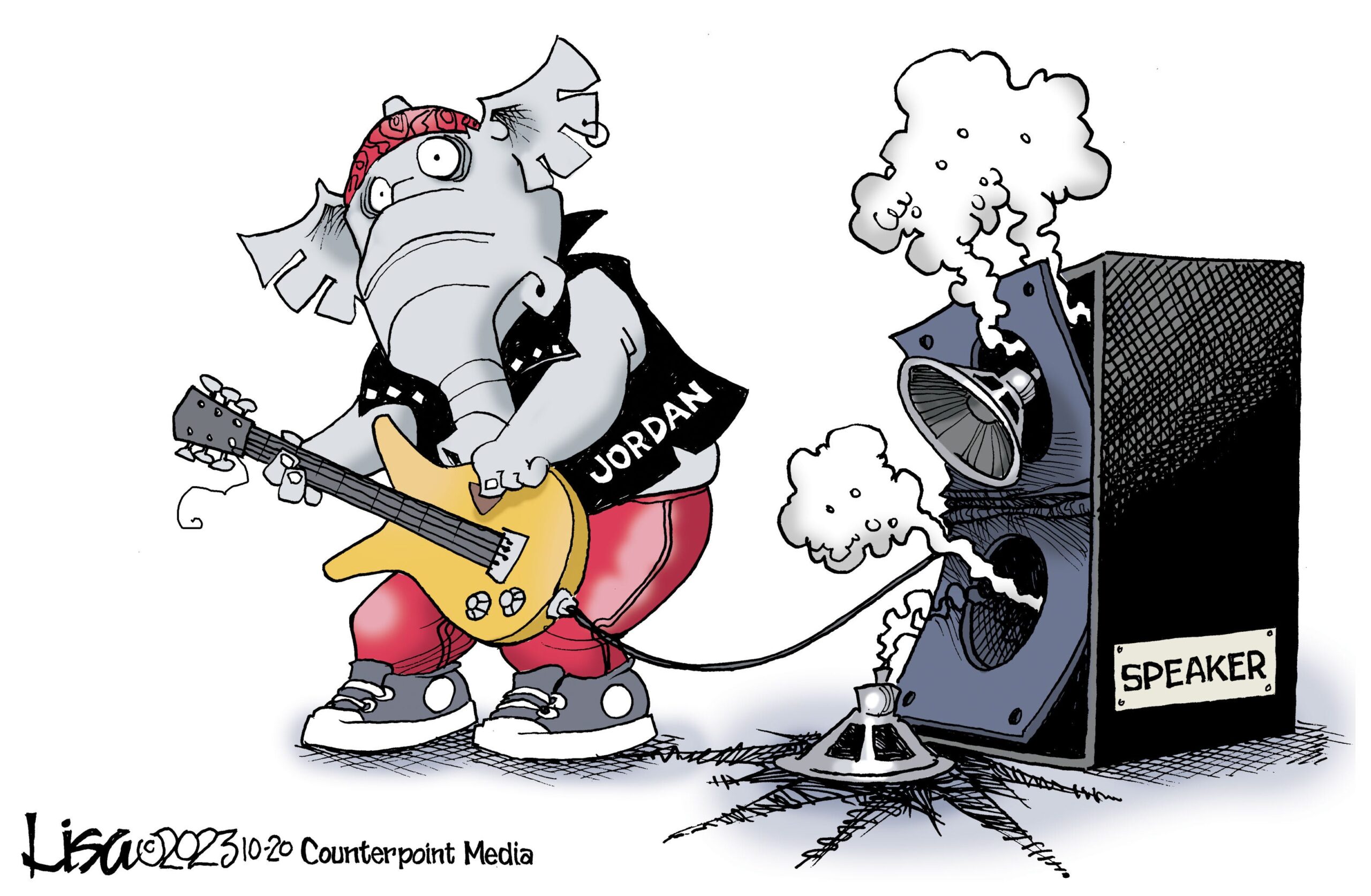The Daily Escape:

Oak Creek, Sedona AZ – November 2023 photo by Jim Lupton
Over single malt and martinis, our Thanksgiving guests talked about what a confusing time we’re living in. Americans are angry and anxious, and the polls continue to show problems for Biden across the board, despite that overall, the economy is fine.
Inflation has slowed significantly. Wages are increasing. Unemployment is near a half-century low. Job satisfaction is up. Yet Americans don’t necessarily see it that way From the NYT:
“In the recent New York Times/Siena College poll of voters in six swing states, eight in 10 said the economy was fair or poor. Just 2% said it was excellent. Majorities of every group of Americans — across gender, race, age, education, geography, income and party — had an unfavorable view.
To make the disconnect even more confusing, people are not acting the way they do when they believe the economy is bad. They are spending, vacationing and job-switching the way they do when they believe it’s good.”
Continuing with the confusion, the new WSJ/NORC survey of the American dream—the proposition that anyone who works hard can get ahead regardless of their background, has moved out of reach for many Americans. Only 36% of voters in the survey (conducted between Oct. 19-23 with a margin of error of ± 4%) says that the American dream still holds true: (emphasis by Wrongo)
“The American dream seemed most remote to young adults and women in the survey…..46% of men but only 28% of women said the ideal of advancement for hard work still holds true, as did 48% of voters aged 65 or older but only about 28% of those under age 50 agreed.”
And people think the dream is growing more remote. When last year’s WSJ poll asked whether people who work hard were likely to get ahead, 68% said yes—nearly twice as many as in this year’s poll (36%). More from the NYT:
“Economic difficulties are greater for those without a college degree, who are the majority of Americans. They earn less, receive fewer benefits from employers and have more physically demanding jobs.”
Voters without a college degree are Trump’s strongest cohort.
Adding to the cloudy forecast, the Economist/YouGov weekly tracking poll of registered voters says most people are happy with their jobs:
- Overall, how satisfied or dissatisfied are you with the way things are going in your life today? Satisfied 64%, Dissatisfied 35%
- How happy would you say you are with your current job? Great deal/somewhat 80%, A little/not at all 19%.
- Do you consider yourself paid fairly or underpaid in your job? Paid fairly 56%, Underpaid 38%.
- Do you think your family income will increase or decrease in 2024? Increase 45%, stay the same 41%, decrease 15%.
But the same Economist/YouGov poll gives a different impression when you ask about the American economy more broadly:
- Do you think the economy is shrinking or growing? Growing 22%, staying the same 25%, shrinking 37%. That’s 47% thinking its growing or staying the same. (The reality: The economy has grown at 3% on average under Biden, the highest for any President since Clinton.)
- Are the number of jobs in the US increasing (42%), staying the same (36%) or decreasing (22%)? (The reality: 14 million new jobs have been created under Biden.)
- How would you describe the current state of the American economy? Excellent/good 30%, fair/poor 64%. (The reality: We’ve had the fastest job growth perhaps ever, very strong GDP growth, inflation is way down, wage growth is very strong, and the annual deficit is way down from Trump’s presidency.)
What’s going on here? These data suggest something tragic – either the American people have no idea what is happening in the country, or what they do know is deeply wrong.
A final nail in this conundrum. Ed Kilgore in NY Magazine says that the youth vote is swinging against Biden:
“Until recently, Democrats’ biggest concern about the 2024 youth vote was that millennial and Gen-Z voters …might not turn out in great enough numbers to reelect Joe Biden. Young voters were…the largest and most rapidly growing segment of the Democratic base in the last election. But now public-opinion surveys are beginning to unveil a far more terrifying possibility: Trump could carry the youth vote next year.”
The latest national NBC News poll finds President Joe Biden trailing Trump among young voters ages 18 to 34 — with Trump getting support from 46% of these young voters and Biden getting 42%, while:
“CNN’s recent national poll had Trump ahead of Biden by 1 point among voters ages 18 to 34.
Quinnipiac University had Biden ahead by 9 points in that subgroup.
The national Fox News poll had Biden up 7 points among that age group.”
Hard to know what to believe from those surveys. More from Kilgore:
“According to Pew’s validated voters analysis (which is a lot more precise than exit polls), Biden won under-30 voters by a 59% to 35% margin in 2020. Biden actually won the next age cohort, voters 30 to 49 years old, by a 55% to 43% margin.”
So, what’s wrong? It’s important to note that yesterday’s younger voters aren’t today’s. From Nate Silver:
“Fully a third of voters in the age 18-29 bracket in the 2020 election (everyone aged 26 or older) will have aged out of it by 2024, as will two-thirds of the age 18-to-29 voters from the 2016 election and all of them from 2012.”
Silver says, So if you’re thinking “did all those young voters who backed Obama in 2012 really just turn on Biden?” Those voters have aged into the 30-to-41 age bracket.
We need to remember that today’s young voters share the national unhappiness with the performance of the economy, and many are particularly affected by high cost of living and higher interest rates that make buying a home or a car difficult. Some are angry at Biden for his inability (thanks to the Supreme Court) to cancel student-loan debts. And most notoriously, young voters don’t share Biden’s strong identification with Israel in its ongoing war with Hamas (a new NBC poll shows 70% of 18-to-34-year-old voters disapprove of Biden’s handling of the war).
And there’s this tidbit from the NYT:
“Younger people…had concerns specific to their phase of life. In the poll, 93% of them rated the economy unfavorably, more than any other age group.”
What exactly are kids in their 20’s supposed to be feeling at this stage of life? Unless you come from money, your 20’s are a financial struggle. Wrongo’s certainly were, and that’s decades ago when the economy was great. This isn’t to dismiss today’s very real economic uncertainties. Wrongo’s own grandchildren run the gamut of (relative) struggle financially.
The single most persuasive way to convince young people that Trump isn’t the right answer is to show them what he’ll do in his own words. Many of them are too young to know much about Trump. Some of today’s college freshmen were just 14 or 15 when he was in office.
It’s Monday, and it’s time to wake up America! People need to pay attention. Once again, it will come down to effective messaging for the Dems. They must help voters understand who will serve their interests and who will literally crush their interests.
To help you wake up watch and listen to William Devaughn’s “Be Thankful For What You’ve Got”. It sold nearly two million copies in 1974. It takes us back to a time when there was more optimism in America. If you lived or worked in NYC in the1970s, the video will also take you back to a difficult period in the city’s history. In its own way, it’s a great Thanksgiving song:



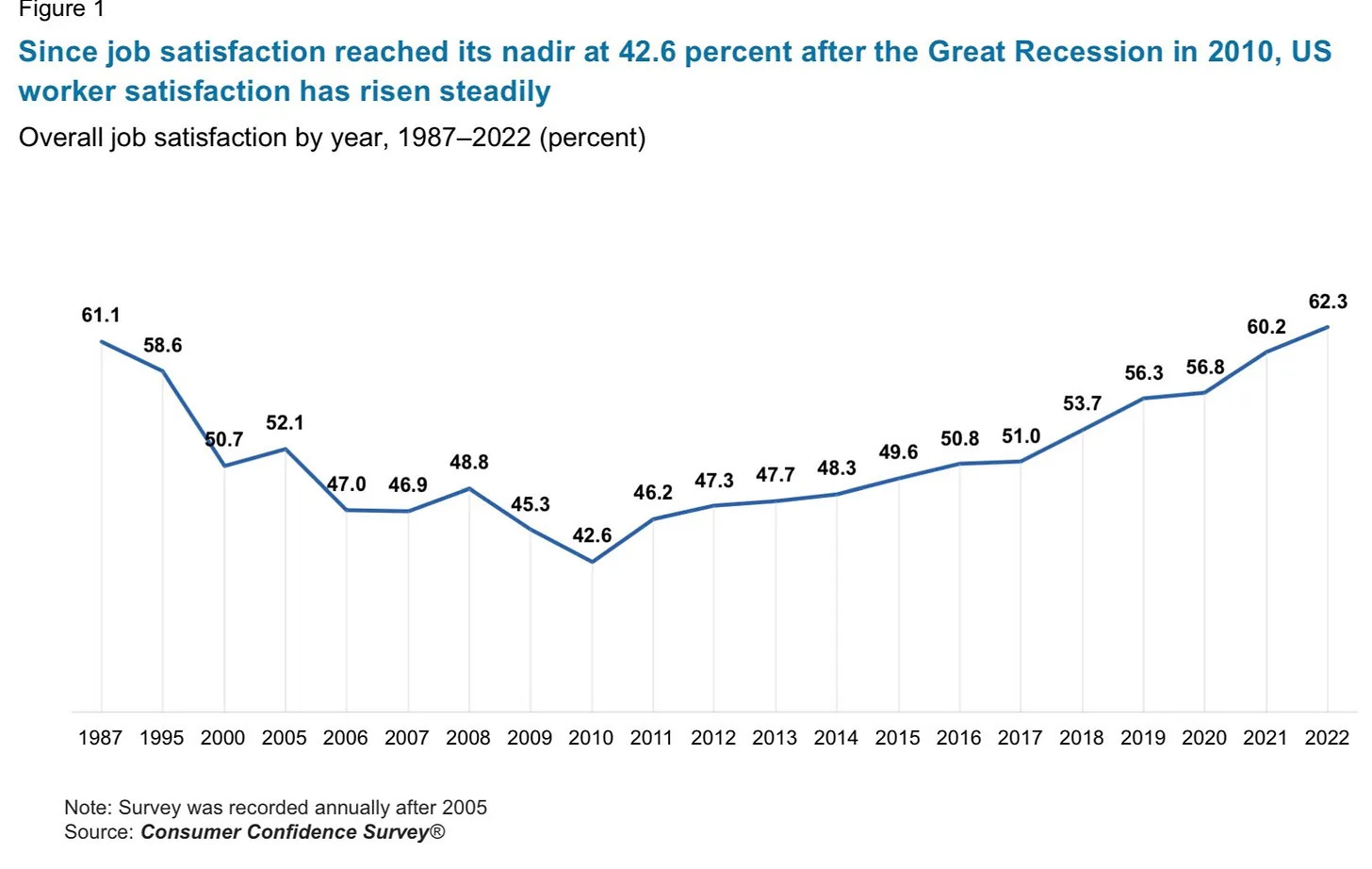
 Yellow Ocotillo in bloom, Anza-Borrego SP, CA – November 2023 photo by
Yellow Ocotillo in bloom, Anza-Borrego SP, CA – November 2023 photo by 